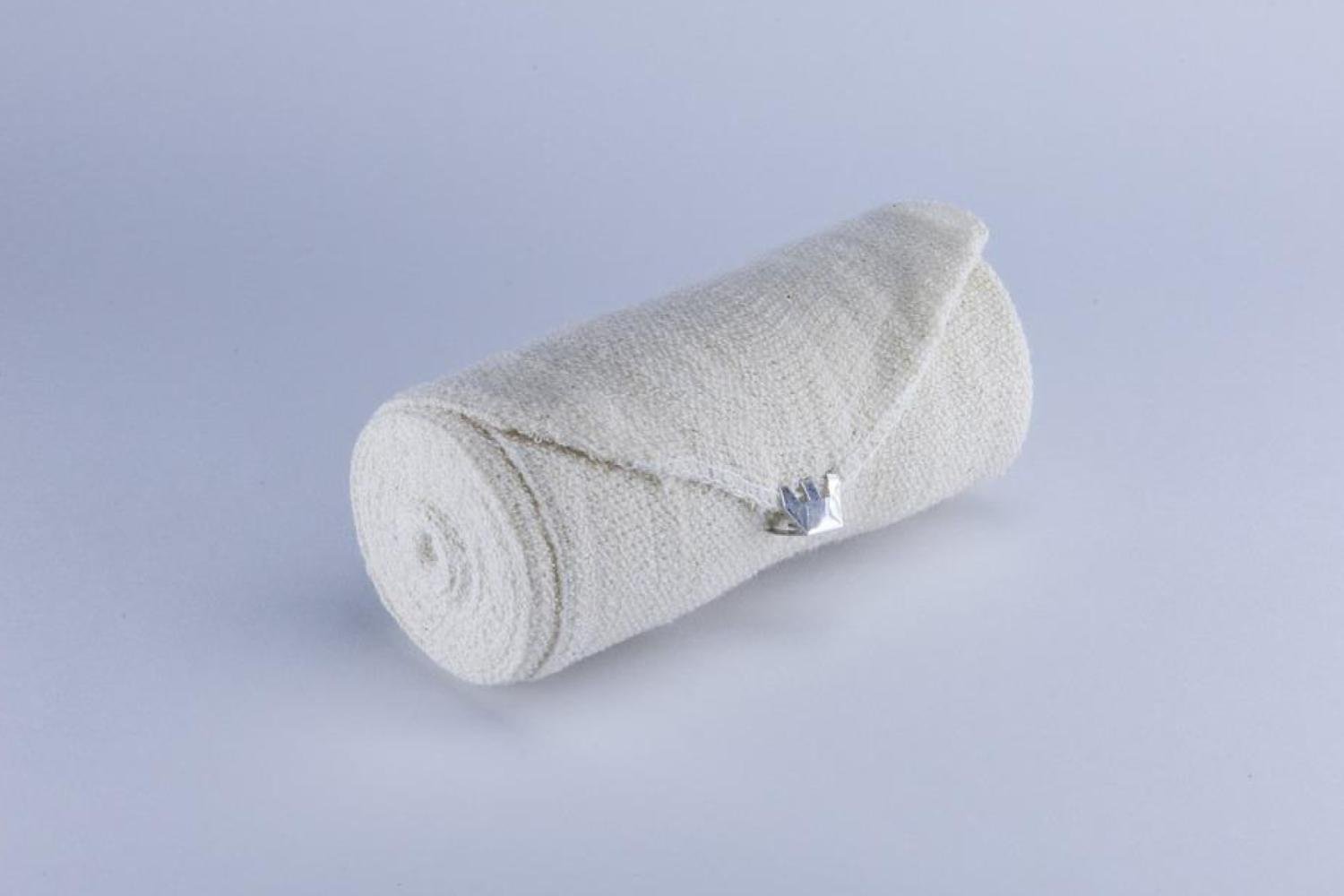For centuries, different cultures have invented various types of noodles and elongated pastas such as the essential spaghetti or Japanese udon, which are much fleshier and thicker. On the other side of the spectrum, lovers of Italian gastronomy may be familiar with filindeu (“ Son of God ), pasta from Sardinia barely thicker than a hair. They are also considered to be the thinnest pasta on the planet… or at least, that was the case until a team of researchers upset the ranking with ” nanospaghettis » of a new kind.
Typically, to produce spaghetti, a mixture of water and flour is forced through a perforated metal utensil. We therefore obtain long ropes which are then cut to be cooked. But this process, which is technically called a extrusionunfortunately works more and more poorly as the diameter is reduced. Indeed, to pass through the holes and form a coherent structure, the mixture must present a certain level of elasticity and viscosity which must be relatively homogeneous, so that the pasta does not disintegrate upon exiting.
For regular-sized spaghetti, you have some wiggle room; it’s not a problem if a one square millimeter portion is slightly drier or hydrated. But the more the size of the orifice decreases, the more difficult it is to obtain a sufficiently homogeneous mixture to produce spaghetti of this size, especially since the friction between the dough and the plate becomes very difficult to manage in these conditions.
A high-tech cooking recipe
The researchers therefore relied on a technique called electrospinningwhich is somewhat similar to the traditional approach since it also involves using a perforated element. On the other hand, they used a different force, namely electricity, to pass the dough through it by exploiting its physical properties.
At the molecular level, wheat-based pasta includes three families of constituents. There are proteins grouped together under the name glutenof thestarch (a chain of glucose molecules) andeau. The latter is made up of so-called polar molecules, that is to say they have positive and negative poles which are attracted by opposite electrical charges.
It is this polarity that the researchers used. They placed their mixture in a thin needle connected to a metal plate which together formed the two poles of a battery. In theory, it is enough to apply an electric current between the two to make the dough emerge in the form of tiny threads.
But by working in this way at the nanometer scale, the team found itself faced with another, even more important obstacle: the size of the moleculesand particularly of thestarch. Indeed, the latter is made up of different types of carbon chains — some linear, and others which have branches or are even helical-shaped. However, these chains tend to intertwine to form packets likely to get stuck in these nanometric holes. So the researchers added formic acid (the same one found in ants’ defensive secretions) to break down these helices, just like the cooking process does to make pasta digestible.
« To make spaghetti, you push a mixture of water and flour through holes. In our study, we did the same thing, with one exception: we pushed the mixture with an electric charge. It’s literally spaghetti, but much smaller », Summarizes Adam Clancy, chemist at the prestigious University College London and co-author of the study.
Of the ” nanospaghettis » with unrivaled finesse
At the end of the process, they obtained incredibly fine threads. The average diameter measured by the researchers was around 400 nanometers. For reference, it’s approximately they are approximately 200 times finer than a human hair, and approximately 1000 times finer than the famous filindeu of Sardinia!
It’s so tiny that the human eye is completely unable to discern each individual fiber, even with a standard optical microscope. To capture images, the researchers had to use a scanning electron microscope, a much more expensive and sophisticated machine generally reserved for laboratories.
Great promises for the medical sector
At the risk of disappointing some, this is obviously not an experiment intended to create a new kind of culinary experience. With such thin doughs, cooking would be practically impossible to measure; it would take less than a second in simmering water to end up with a plaster cast of starchy mush. To understand the interest of this work, we must move away from gastronomy and head towards… medicine.
Indeed, once agglomerated, the nanofibers form an extremely porous material which can retain humidity while blocking the path to pathogenic micro-organisms, which are too large to infiltrate through this net. The researchers therefore believe that this type of fiber could serve as the basis for high-performance bandages.

They also see some potential in regenerative medicine. “ These nanofibers could also serve as scaffolds for tissue regeneration because they mimic the extracellular matrix — a network of proteins and other molecules that cells build to support themselves “, explains co-author Gareth Williams.
It will therefore be very interesting to see if these fibers will one day be used as is, and if other researchers will succeed in developing variants capable of being produced on an industrial scale.
The text of the study is available ici.
Source: www.journaldugeek.com


